Stay logged in to proceed with bookings, orders and offers.
On changing the terminal, you will loose items in your cart. Are you sure you want to change your terminal?
A tribal drink from Central India with a history steeped in British Raj.
All my excitement about living in a treehouse was slowly dissipating, and in its place, I felt an unease creep up my spine. Tired of tossing and turning in bed, I turned to check the time on my phone and saw that it was 4 am. Just then, I heard a light but distinct thump on the roof. Normally, this might not have worried me, but I was inside a jungle treehouse, specifically Pench National Park's buffer zone in Madhya Pradesh. The next morning, when I chatted with the resident naturalist, Chinmay Deshpande, I mentioned my spooky night-time encounter. He flashed me a knowing smile and said, “Those were mahua flowers raining down on your treehouse; they bloom just after sunset and in the wee hours of the morning.” I was relieved and intrigued by this flower that had disrupted my rest; I also learned that the flower is potent in more ways than one. Mahua liquor is an all-time favourite drink of choice for tribals in this area.
When I asked if I could try it, the staff promised to source some as it wasn’t sold at regular wine shops. When handed a glass, I eyed the cloudy liquid and whiffed it tentatively. It smelled floral and pleasant. I took a tiny sip and my nose immediately wrinkled. It was way too sweet for my liking and lingered on my breath. My initial observation was that it smells better than it tastes. When I turned to look at Chinmay for his reaction, he grinned happily. Mahua is clearly an acquired taste. The main ingredient of this beloved drink of the tribals is hard to source. Mahua trees only flower in the summer months, and the flowers bloom at specific times. But when they do, it’s a sight to behold. On a cycling trip outside the property, I came across a beautiful mahua tree and a carpet of flowers below. My newly acquired naturalist friend informed me that the flowers are edible, so I stopped, picked up a few and popped one in my mouth. It had a spongy texture and a sweet taste that I loved. The sweetness was not so pronounced in the fresh flowers as it was in the liquor. As lovely as they are to snack on, I was warned not to eat too many. There have been stories of elephants and sloth bears being knocked out by consuming too many of these pretty flowers.
Mahua isn’t produced in mass batches, and every home has its recipe and method of brewing. Whatever the method, the process is a lengthy one. Mahua flowers are dried until the colour changes from pale yellow to deep brown. Then rice, jaggery, and a fruit like jamun are added to enhance the sweetness and alcohol content. After a week or so of fermenting, the spirit is distilled. It takes three to four hours of brewing to obtain around eight litres of liquor. Forest folk not only make alcohol out of these flowers but also jams, syrups and medicinal extracts. These flowers are a lifeline for the tribals, especially in Madhya Pradesh, Odisha, Bihar, Chhattisgarh and Jharkhand. They are used as animal feed, fodder, and fuel. Here's a bit of interesting trivia—It was the mahua flower that provided sustenance to a famine-ravaged Bihar from 1873 to 1874.
However, locals have long been denied their rights when it comes to this precious flower, thanks to draconian laws that were created during the British Raj—the Mhowra Act of 1892 being a notable one. When India gained independence, this law was retained, and the sale of mahua was governed by the excise department. Madhya Pradesh is fighting these archaic laws by pronouncing it as ‘heritage liquor'. The state is trying to bring mahua from the forests to the shelves by retailing it for around Rs. 1,000 for a 750ml bottle. It is a huge relief to see the government championing mahua, which will greatly benefit the tribals. Young chefs are already experimenting with this versatile flower by incorporating it into a variety of culinary practices. The resort where I stayed at made tasty mahua cupcakes, and the celebrity master chef, Prateek Sadhu, created mahua ice cream for his restaurant. Hopefully, someday, mahua will be celebrated by Indian and global audiences and get the recognition it deserves.
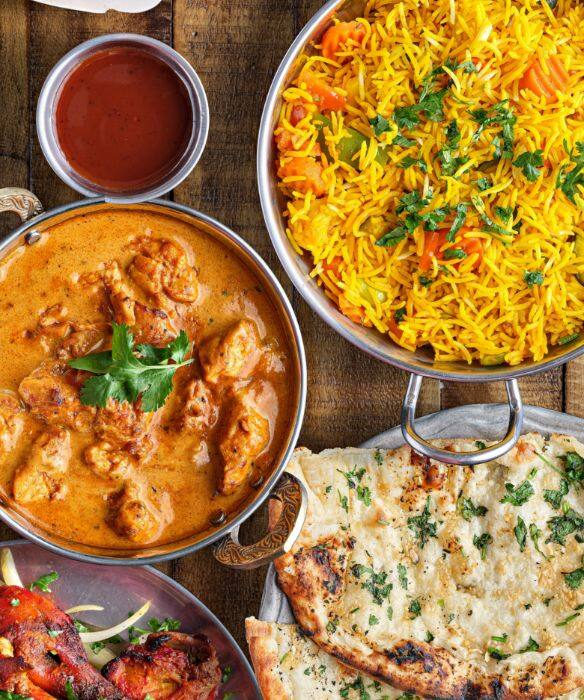
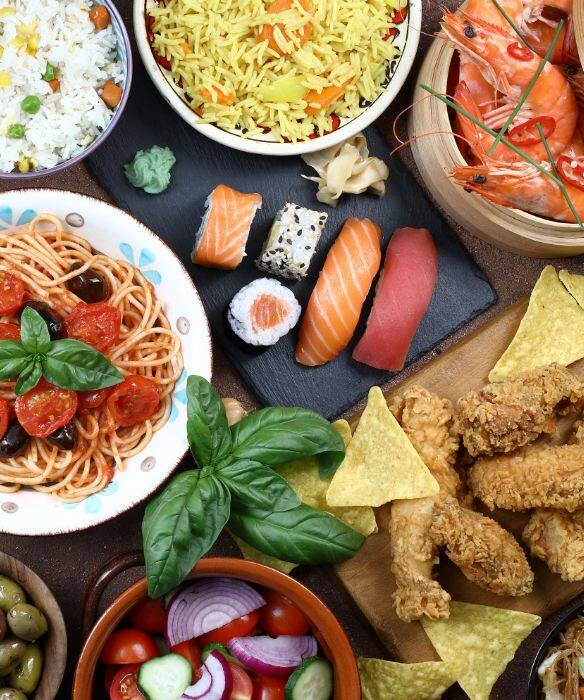
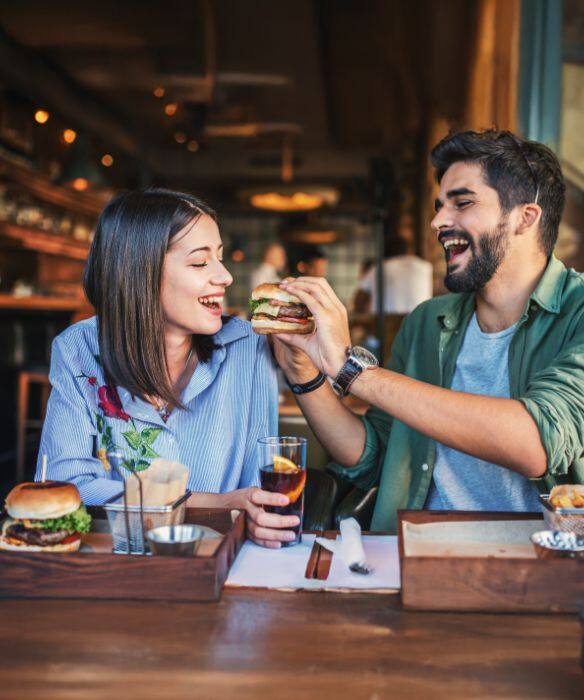
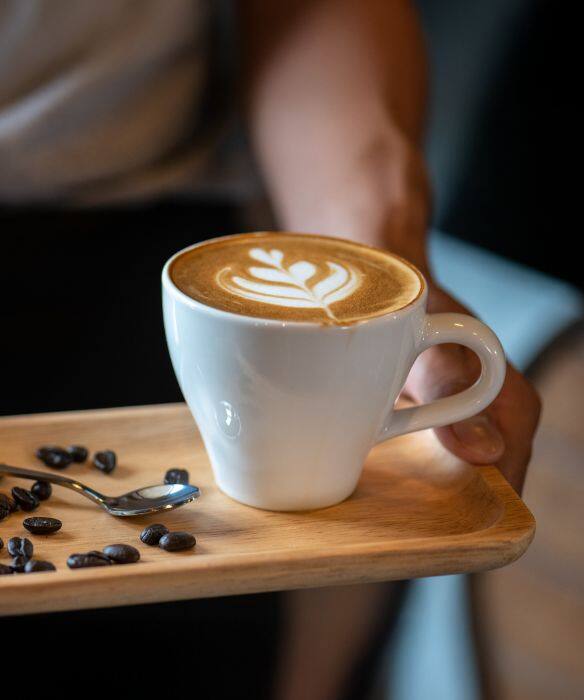
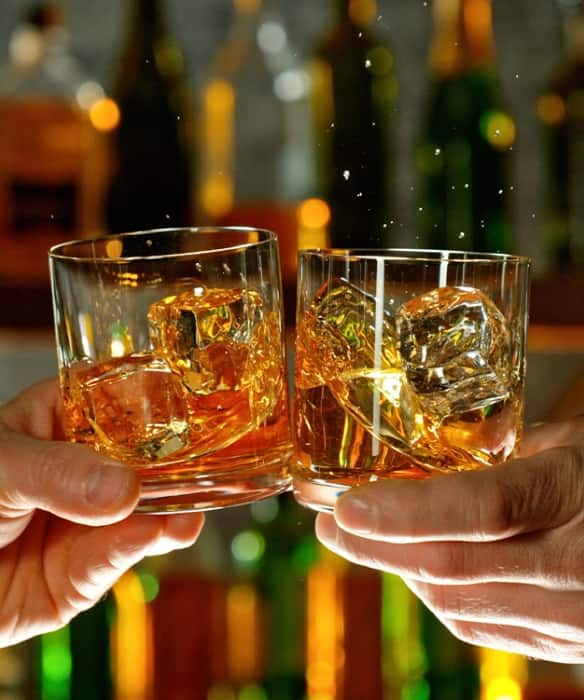
The Adani One expressly disclaims all liability, direct and indirect, in respect to actions taken or not taken based on any or all the contents of this Blog. The Blog is an opinion of the contributor based on the collation of data from various sources and is provided only for information purpose. Adani One does not canvass, advertise, solicit, invite or induct for any product, merchandise, information, brand or any other materials mentioned in the Blog, nor does it obtain any monetary benefit from the same. Reader is advised to read and apply his/her intellect and discretion in this regard. Any Intellectual Property mentioned in this blog belongs to the rightful owner. We do not intent to claim any interest over the same.